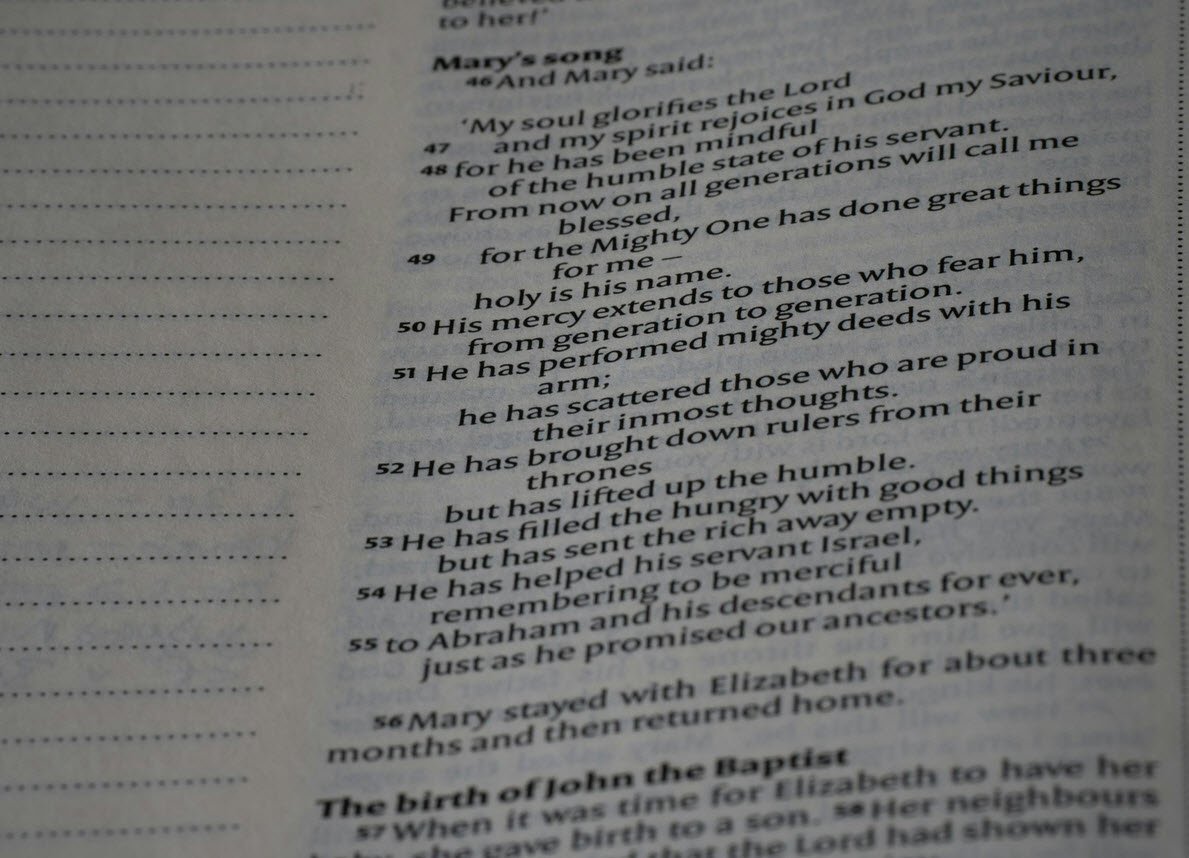
The TOEIC (Test of English for International Communication) is an English language proficiency test designed to assess the English language skills of non-native speakers in a business or professional context. The test is widely used by organizations around the world to evaluate the English language skills of job candidates, employees, and students.
The TOEIC test consists of two parts: the TOEIC Listening and Reading Test and the TOEIC Speaking and Writing Test. The TOEIC Listening and Reading Test is a paper-and-pencil test that consists of multiple-choice questions, while the TOEIC Speaking and Writing Test is a computer-based test that consists of spoken and written responses to prompts.
The test is designed to measure a wide range of English language skills, including listening comprehension, reading comprehension, speaking ability, and writing ability. Overall, the TOEIC is a widely recognized and respected English language proficiency test that is used by organizations around the world to evaluate the English language skills of non-native speakers.
Q&A Topic: GAAP (Generally Accepted Accounting Principles)
Generally Accepted Accounting Principles (GAAP) are a set of guidelines and standards for financial reporting in the United States. GAAP is used by companies, auditors, and financial regulators to ensure that financial reports are consistent, transparent, and reliable. GAAP includes principles for recognizing revenue, valuing assets and liabilities, and disclosing important information about a company’s financial performance.
The primary goal of GAAP is to provide a framework for financial reporting that allows investors, lenders, and other stakeholders to make informed decisions about a company’s financial health and future prospects.
Here are some questions that can help you to clear the TOEIC exam:
Q1 Generally Accepted Accounting Principles are a set of accounting _________ approved by the professional accounting industry.
(a) standards
(b) suggestions
(c) syllabuses
(d) systems
Answer: (a) standards
Q2 GAAP are a combination of _________ rules set by policy boards and the commonly accepted ways of recording and reporting financial information.
(a) authoritative
(b) guideline
(c) optional
(d) overriding
Answer: (a) authoritative
Q3 They can become accepted either as a result of due _________ or as a result of long term practice.
(a) placement
(b) polling
(c) procedure
(d) process
Answer: (d) process
Q4 Accountants cannot express the opinion that financial statements are “in conformity with generally accepted accounting principles” if such information includes any _________ from these principles.
(a) departures
(b) duplications
(c) projections
(d) quotations
Answer: (a) departures
Q5 After the Stock Market _________ of 1929, the American Institute of Accountants introduced five broad principles of accounting which have won fairly general acceptance.
(a) bubble
(b) bust
(c) crash
(d) plunge
Answer: (c) Crash
Q6 It is relatively unimportant to investors what reporting method is used by a company, so long as they are assured that it is followed _________ every year.
(a) conclusively
(b) consistently
(c) constantly
(d) cooperatively
Answer: (b) consistently
Q7 In 1934, the U.S. Congress created the Securities and _________ Commission (SEC), giving it the authority to prescribe the methods used in preparing financial statements.
(a) earnings
(b) economic
(c) evaluation
(d) exchange
Answer: (d) Exchange
Q8 In 1938, Congress permitted companies to use a new _________ method, lifo, for income tax purposes.
(a) inclusive
(b) introductory
(c) inventory
(d) investment
Answer: (c) inventory
Q9 In 1939, the AIA recommended the phrasing, “present fairly in conformity with generally accepted accounting principles” in the standard form of the _________ report.
(a) auditor’s
(b) financial
(c) management
(d) stockholders’
Answer: (a) auditor’s
Q10 The P & L monograph of 1940 promulgated the “_________ principle”, which places primary emphasis on the correspondence of costs with the revenues that they produce.
(a) alignment
(b) approximation
(c) concord
(d) matching
Answer: (d) matching








